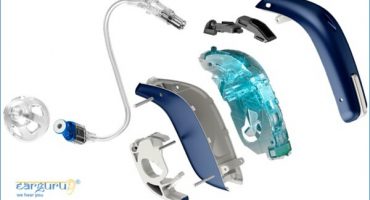Have you been putting off buying hearing aids and now your family insists that you should not delay anymore? You are not the only one, on average, most people take seven to ten years1 from the date of detection of hearing loss to finally buying hearing aids. We are happy that you have made the decision, since this is your first time and you want to buy the best hearing aids, let us share some helpful tips on buying hearing aids.
Can I Buy Hearing Aids Without a Test?
It is not advisable to buy hearing aids without an audiometry test. The hearing test result or the audiogram shows the extent of your hearing loss and the type of hearing loss. These findings help the hearing aid fitter to choose the best hearing aid for you.
Is There a Difference in The Quality of Hearing Aids?
If you are buying hearing aids of a reputed brand then there will not be a difference in the quality of the parts of the hearing aid or the quality of manufacturing. But the tonal quality and the features of the hearing aid will differ from one brand to another.
It is important that you try out various brands in the same surroundings and shortlist the ones which sound natural and pleasing.
What You Should Know Before Buying Hearing Aids?
Discuss the following with your audiologist before the hearing aid fitting process starts.
- Do I need two hearing aids or one?
- Is this the best hearing aid for my hearing loss?
- Will this hearing aid take care of my future needs?
- What is the trial period and the refund policy if the hearing aids are not suitable?
- How many reprogramming sessions are included in the cost?
- Understand the warranty terms, know the warranty period, what all is covered and what is not covered in the standard warranty
- Whether your fitter provides loanee hearing aids in case the hearing aids have to be sent to the company for repairs
- Ensure that the hearing aid fitter deals in more than one brand. So, you have a choice
- Request for the price and the total cost involved, so the fitter can give a trial of the models within your budget
How To Choose The Best Hearing Aids?
With every known hearing aid user recommending a different brand, and company advertisements claiming to have the best hearing aid, It’s very confusing. Let us first consider the factors that you should consider while choosing hearing aids.
The type of hearing loss and the degree or percentage of hearing loss are the basic parameters for the selection of hearing aids. Company’s manufacture hearing aids with different power outputs to match the user’s degree of hearing loss. Your audiologist is the best judge and will choose the best hearing aid that suits your hearing loss.
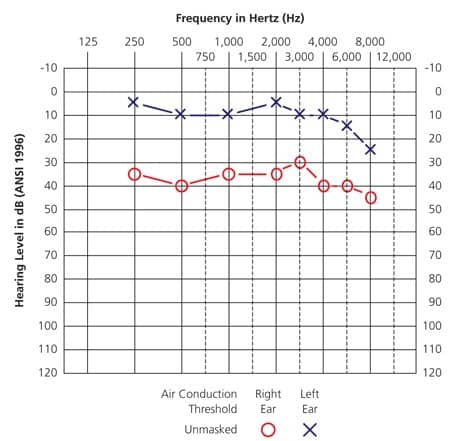
There are other factors that one should consider before finalizing. Read further to know which other factors you should keep in mind.
Why Your Lifestyle Is Important for Buying Hearing Aids?
Before the hearing aid fitting process starts, it’s important that you discuss your lifestyle and your needs with the hearing aid fitter. The hearing aid fitter will narrow down the range and offer you the type of hearing aid that suits your needs or complement your lifestyle.
While all hearing aids amplify sound and can be programmed or tuned to match your hearing loss, your lifestyle plays an important role in the selection process. If you choose the right hearing aid with the features you need, you will be comfortable and use it regularly.
If you have made the right choice, it is the best hearing aid for you. If not, then you will be reluctant to use and it will end up in the closet.
Factors To Consider While Buying Hearing Aids
- Which hearing aid styles are suitable for me?
- Which hearing aid features are useful for me?
- Which hearing aid features improve my daily experience?
Brands offer hearing aids with many features, but you don’t need them all. Study the features and tick the ones you need and will actually use.
Hearing Aid Features
Given below are some of the common hearing aid features.
- Directional Microphone – Helps in listening to the speech of the person in front, also reduces unwanted surround noise
- Background Noise Cancellation – Helps to hear better in noisy situations, like restaurants
- Remote Control – The user can discreetly adjust the volume and change programs without struggling with the hearing aid
- Feedback Cancellation – Suppresses squealing and whistling sounds if the hearing aid volume is turned up.
- Rechargeable Batteries – No need to replace batteries every week or fortnight. Charge batteries every night and use them during the day
- Bluetooth Connectivity – To stream phone calls from the smartphone to the hearing aid
- Wireless Connectivity – Can stream TV audio to hearing aid
- Ear To Ear Synchronization – Passes sound from one hearing to the other in case the person is using two hearing aids
- Remote Mic – A handy accessory if you attend seminars regularly. The mic is kept near the speaker and the user can sit at a distance
- Music Mode – Hearing aids have extended frequency response and perform better than normal hearing aids while listening to music
- Health Monitor – Some brands offer hearing aids that monitor physical activity and heart health, the aids automatically send an alert in case of health issues or, if the user falls
- Virtual Support – Hearing aids can be programmed or tuned remotely without visiting the audiologist
- Hearing Aid Apps – The user can change settings as required using a smartphone app
Some of the above features are offered by most brands. Read our blog on basic hearing aid features for a detailed explanation. If your requirement is not met with the basic hearing aids, you can check the available features in advance hearing aids.
Hearing Aid User Profiles
We presume that most of the hearing aid users will broadly fit into these profiles based on their work and social activity.
- Hearing aids for the professionally active lifestyle
- Hearing aids for the semi-retired and socially active lifestyle
- Hearing aids for the retired lifestyle
According to us, the two main factors people consider before buying hearing aids are:
- Hearing aid style – Is the hearing aid visible to others? Will others know that I am using a hearing aid?
- Hearing Aid features – What are the features available? can they make my life easier?
Hearing Aids for the Professionally Active Lifestyle
Hearing Loss is now affecting people in their 40’s, most professionals start handling senior-level responsibilities in their 40’s. Any handicap at this stage will hamper their growth prospects. Most young people avoid using a hearing aid as they do not want others to know that they cannot hear well.
It is rightly said that one can easily hide a hearing aid but it’s difficult to hide a hearing loss. The hearing loss will sooner or later become obvious when they miss a few words during discussions and meetings. Besides this, they are in danger of suffering from an increase in hearing loss.
The following hearing aids are advisable for working professionals.
Invisible In Canal or IIC Hearing Aids
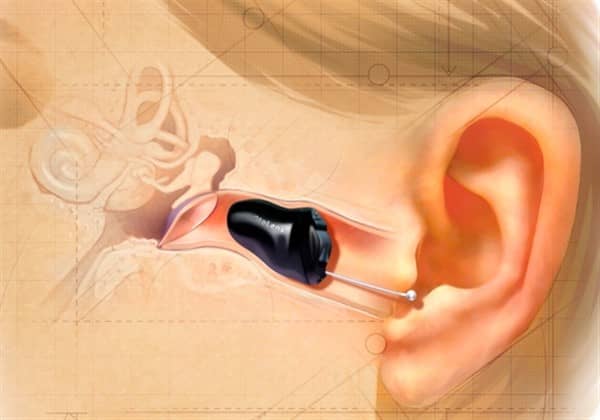
The IIC or Invisible in Canal style of hearing aids slide deep into the ear canal and are not visible at all. The tip of the IIC almost touches the eardrum.
Completely in Canal or CIC Hearing Aid
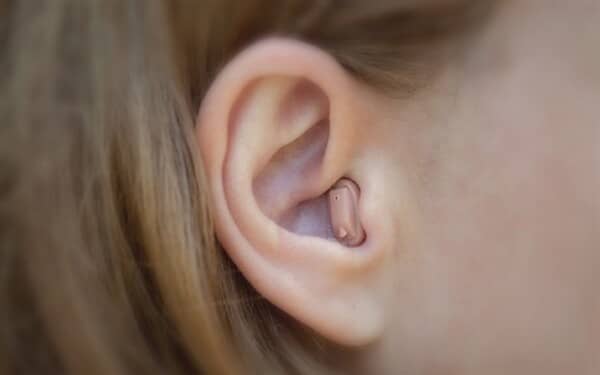
A CIC or Completely in the Canal hearing aid is slightly larger than an IIC. It also fits into the ear canal but does not fit as deep as the IIC. In a majority of the cases, a CIC is also acceptable.
Users can shortlist the hearing aid features mentioned above. Kindly read our blog on the latest technology in hearing aids for recent advancements.
Hearing Aids for Semi-Retired and Socially Active Lifestyle
A socially active lifestyle is when the user is professionally retired but socially active. The user visits clubs, attends social get-togethers, and participates in outdoor activities.
We estimate that the user with this type of lifestyle is around 60 years old. At this age, visibility might not be an issue for everyone.
In The Canal or ITC Hearing Aid
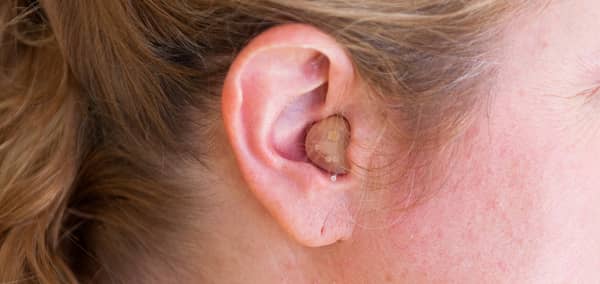
The ITC or the In the Canal style of hearing aid is slightly larger than a CIC type. The faceplate or the front portion is slightly visible. It does not fit deep into the ear canal.
The major advantage of using an ITC is that it can cover a higher hearing loss compared to an IIC or the CIC and the controls are convenient to use.
Receiver in Canal or RIC/RITE
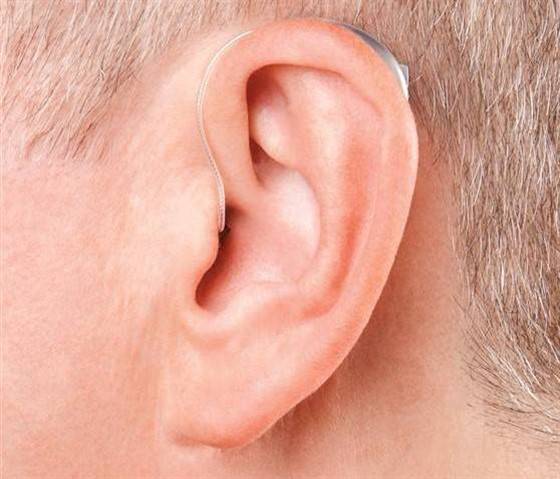
The RIC (Receiver in Canal) or RITE (Receiver in The Ear) type of hearing aid has a very thin wire leading to the ear. It’s almost invisible as the thin wire is not noticeable. The RIC is small and fits behind the ear.
This type of hearing aid can suit people with profound hearing loss and is very convenient to handle. Most of the features mentioned above are available in the RIC style.
Hearing Aids for the Retired Lifestyle
People leading a retired or semi-retired lifestyle are the ones who are generally at home but occasionally attend social and cultural functions.
Seniors can explore features like audio streaming, this feature will make watching TV convenient without raising the volume and inconveniencing others.
Behind The Ear or BTE
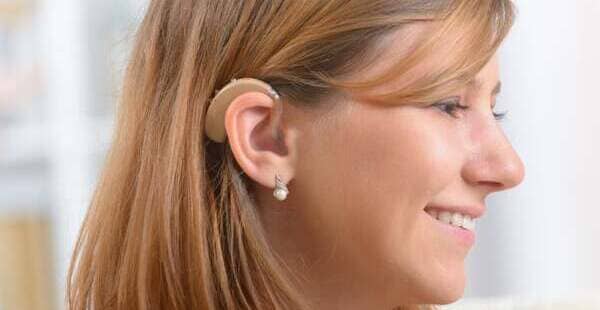
A BTE or a RIC style is the best hearing aid option for the elders as they are easy to handle and operate. The switches and buttons are big and can be easily operated. The battery is big and is easy to insert and remove. You can also opt for a rechargeable hearing aid to avoid replacing batteries occasionally.
The elders do not have to depend on anyone to help them put on the aids. The use of hearing aids can enhance the life of the deaf and the hard of hearing person, one does not have to give up any of the enjoyable activities.
Do not neglect hearing loss, we hope our advice on buying hearing aids helps you choose the best hearing aid for yourself or your loved ones.


